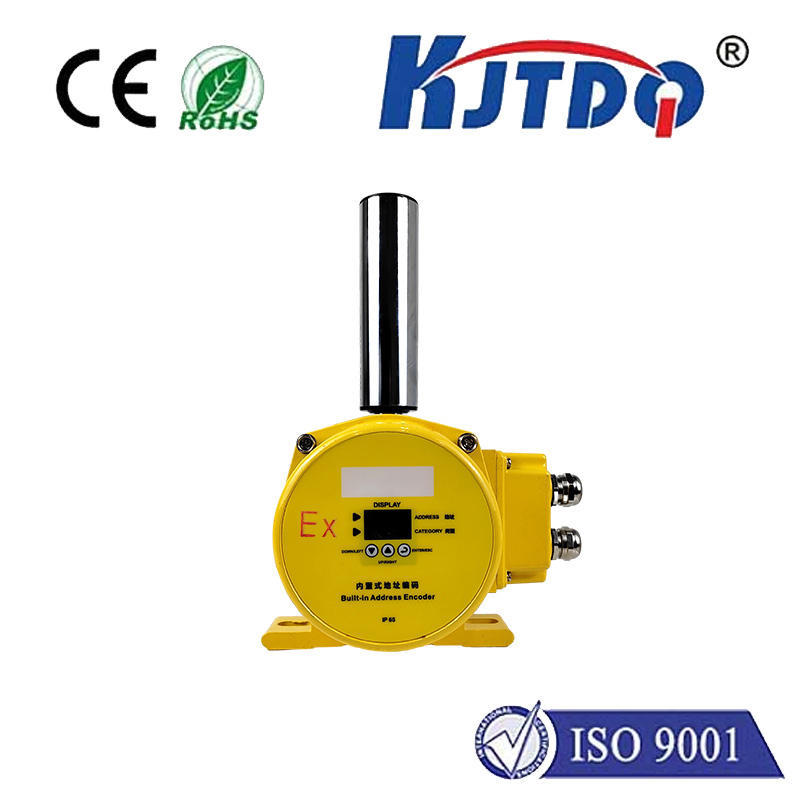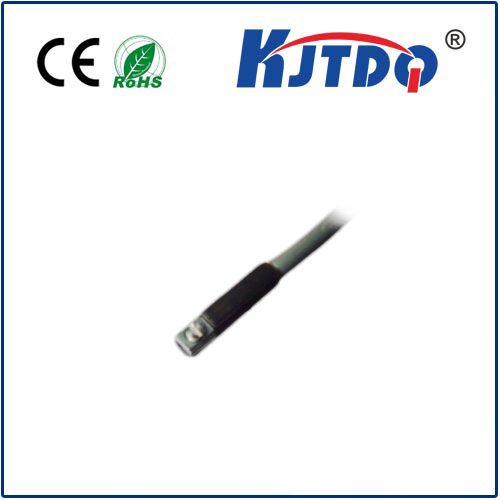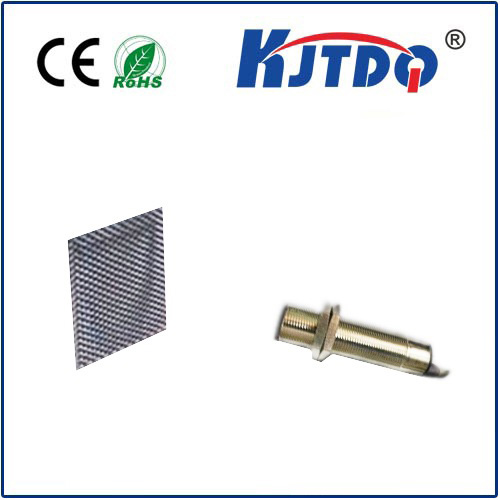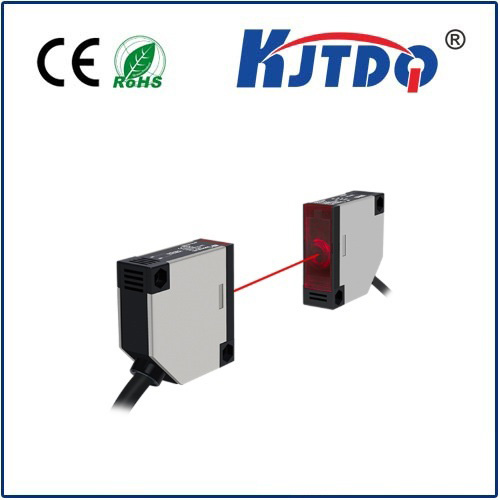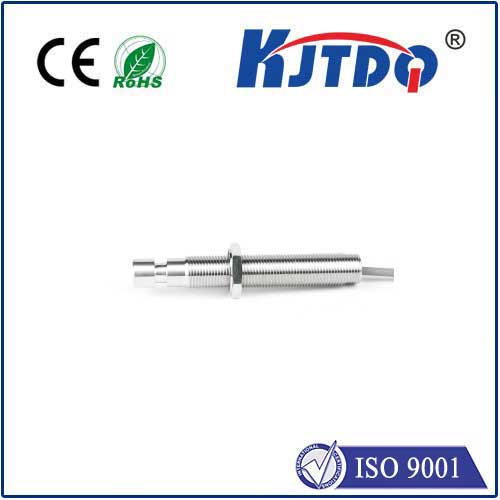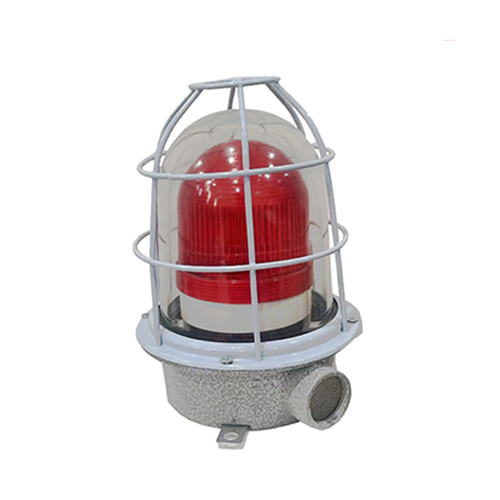Unlocking the Potential of Reflective Photo Sensors in Modern Technology In a world increasingly driven by automation and precision, the need for reliable and efficient sensing technologies has never been greater. Among the myriad of sensors available, reflective photo sensors stand out as a versatile and indispensable tool across various industries. From industrial automation to consumer electronics, these sensors play a pivotal role in detecting objects, measuring distances, and ensuring seamless operations. But what exactly are reflective photo sensors, and why are they so crucial in today’s tech-driven landscape? Let’s dive deeper into their functionality, applications, and the innovations they bring to the table.
Reflective photo sensors, also known as reflective optical sensors, are devices that detect the presence or absence of an object by measuring the reflection of light. They typically consist of an infrared LED (light-emitting diode) and a phototransistor or photodiode. The LED emits a beam of light, which reflects off a nearby object and is then detected by the phototransistor. The intensity of the reflected light determines the sensor’s output, enabling it to identify the object’s presence, distance, or even surface characteristics. One of the key advantages of reflective photo sensors is their non-contact operation. Unlike mechanical sensors, they don’t require physical interaction with the object, reducing wear and tear and ensuring long-term reliability. Additionally, their compact design and cost-effectiveness make them a popular choice for a wide range of applications.
The working principle of a reflective photo sensor is straightforward yet ingenious. The sensor emits a beam of infrared light from the LED, which travels toward a target object. When the light hits the object, it reflects back toward the sensor. The phototransistor detects the reflected light and converts it into an electrical signal. This signal is then processed to determine the object’s presence or proximity. Key Factors Influencing Performance:
Surface Reflectivity: The efficiency of a reflective photo sensor depends on the reflectivity of the target object. Highly reflective surfaces, such as mirrors or white paper, produce stronger signals, while dark or matte surfaces may require more sensitive sensors.
Distance: The sensor’s range is determined by the strength of the emitted light and the sensitivity of the phototransistor. Most sensors are optimized for short to medium distances, making them ideal for applications like object detection on conveyor belts.
Ambient Light: External light sources can interfere with the sensor’s performance. Modern reflective photo sensors often incorporate filters or advanced algorithms to minimize the impact of ambient light.
The versatility of reflective photo sensors has led to their widespread adoption across numerous industries. Here are some of the most common applications:
Промышленная автоматизация: In manufacturing and packaging lines, reflective photo sensors are used to detect the presence of products, verify positioning, and ensure smooth operations. For example, they can identify misaligned items on a conveyor belt, triggering corrective actions to maintain efficiency.

Consumer Electronics: These sensors are integral to devices like printers, scanners, and copy machines. They help detect paper jams, monitor ink levels, and ensure accurate document feeding. In smartphones, reflective photo sensors are used in proximity detection to turn off the screen during phone calls.
Robotics: Robots rely on reflective photo sensors for navigation and object detection. By measuring distances and identifying obstacles, these sensors enable robots to move safely and perform tasks with precision.
Medical Devices: In the healthcare industry, reflective photo sensors are used in diagnostic equipment to analyze samples and monitor vital signs. Their non-invasive nature makes them ideal for applications like pulse oximeters, which measure blood oxygen levels.
Automotive Systems: Vehicles utilize reflective photo sensors for functions like parking assistance, lane detection, and automatic headlight control. These sensors enhance safety and convenience by providing real-time feedback to the driver.
As technology advances, so do the capabilities of reflective photo sensors. Recent innovations have focused on improving accuracy, reducing power consumption, and expanding their range of applications.
Enhanced Sensitivity: Newer sensors feature higher sensitivity, allowing them to detect objects with low reflectivity or in challenging environments. This is particularly useful in industries like logistics, where packages may have varying surface properties.
Miniaturization: The trend toward smaller, more compact devices has driven the development of miniaturized reflective photo sensors. These tiny sensors are ideal for portable electronics and wearable devices, where space is at a premium.
Smart Sensors: The integration of microprocessors and advanced algorithms has given rise to smart reflective photo sensors. These sensors can analyze data in real time, adapt to changing conditions, and communicate with other devices for enhanced functionality.
Энергоэффективность: With sustainability becoming a priority, manufacturers are designing reflective photo sensors that consume less power. This not only reduces operating costs but also extends the battery life of portable devices.
Selecting the appropriate reflective photo sensor for a specific application requires careful consideration of several factors:
Range: Determine the required detection distance to ensure the sensor meets your needs.
Environmental Conditions: Consider factors like temperature, humidity, and the presence of dust or debris, which can affect performance.
Target Object: Evaluate the reflectivity and size of the object to choose a sensor with suitable sensitivity.
Integration: Ensure the sensor’s output signal is compatible with your system’s electronics.
As industries continue to embrace automation and smart technologies, the demand for reflective photo sensors is expected to grow. Their ability to provide accurate, non-contact detection makes them a cornerstone of modern innovation. From smart homes to autonomous vehicles, these sensors will play a crucial role in shaping the future of technology.
